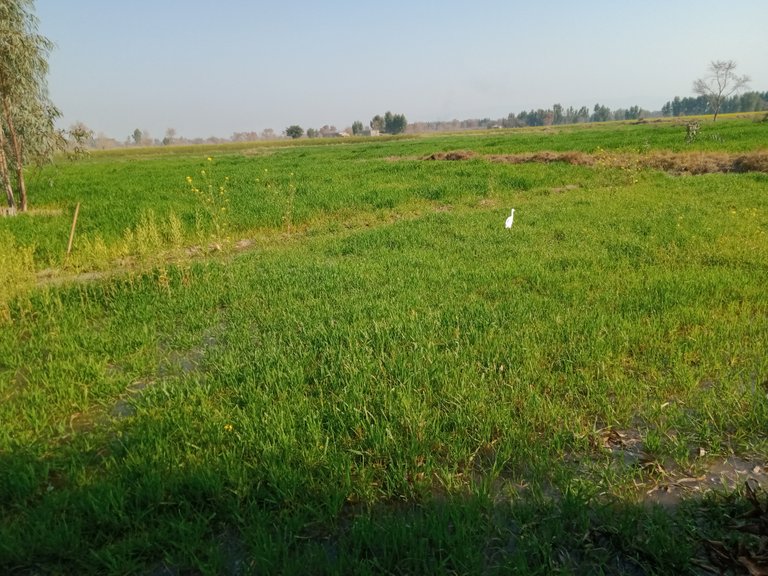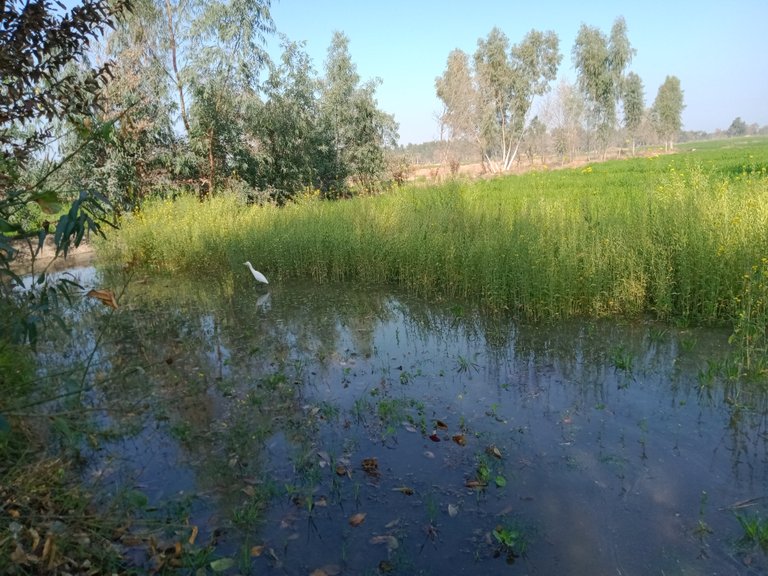How birds search for foods
Finding food isn't just about having specially adapted legs and beaks. It's also about the technique the bird uses. Birds feed differently in every environment.
Techniques
Birds of a feather
Small birds increase their chances of finding food by searching in groups. This also helps them look out for danger. Flocks of woodland birds often contain a mixture of species, especially in winter. Look carefully when you see blue tits or long-tailed tits working their way through a tree - you may spot goldcrests, nuthatches or treecreepers too.

On the hoof
Some insect-eating birds have learned to follow grazing animals and snap up the insects they disturb. Yellow wagtails are experts at this. In tropical countries, small herons called cattle egrets catch most of their food by following herd animals, including elephants.
Badger benefits
The honeyguide is a small African bird which likes beeswax. It has developed a unique relationship with an animal called the honey badger. When the honeyguide finds a bees’ nest, it calls the badger to the right tree. The badger climbs up, rips out the nest and eats the honey. Its thick skin protects it from stings. The honeyguide can then feed on the beeswax.
Stealing
Why do all the work yourself? Some birds have learned how to steal their food from others. This is called piracy. Great skuas are fast, aggressive seabirds that chase gannets, force them to drop their catch, then swoop down to grab it for themselves.

Getting clever
We like to think of ourselves as brainier than other animals. One reason is that we know how to use tools. But we're not the only ones. Birds have developed very cunning ways of getting their food too. In fact, birds may be smarter than we think.
Hard rock cafe
A rock is more than just a perch. Herring gulls carry tough seashells, such as mussels, high into the air, then drop them onto the rocks below. The shells shatter, and the gulls get the tasty snack inside. Song thrushes break into snails by bashing them against a favourite stone, called an anvil. You can see where song thrushes have been eating by seeing the bits of broken shell.
Food stores
Some birds put their food into storage. This habit is called caching. A nuthatch jams nuts into crevices in tree-trunks and hides them with moss. It means the nuthatch has its own larder to help it get through harder times.
Acorn antics
Jays are champion cachers. They can gather an amazing five thousand acorns during just one autumn, which they bury carefully all over the woodland floor. In winter, they return to dig them up again, using their excellent memory. Invariably some acorns stay hidden, and grow into oak trees.
Clever crows
Crows are the star pupils in the bird class. In Japan, they have learned to place nuts in front of the wheels of cars that have stopped at traffic lights. When the lights change, the cars drive off, the wheels crack the nuts and the crows swoop down to get their meal.